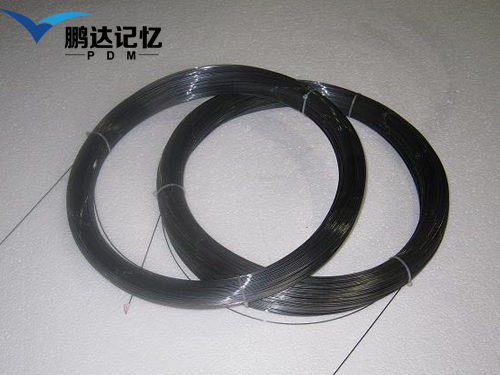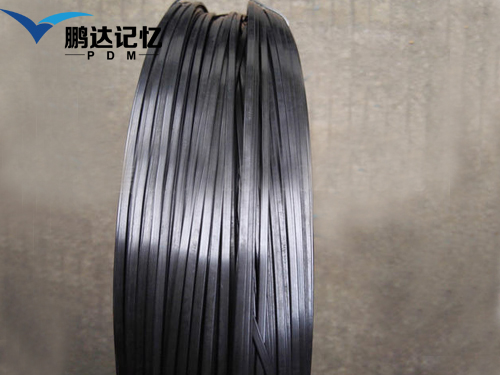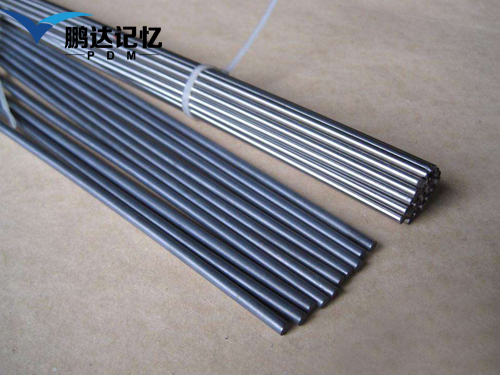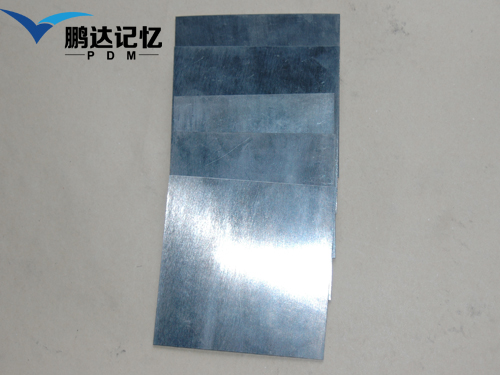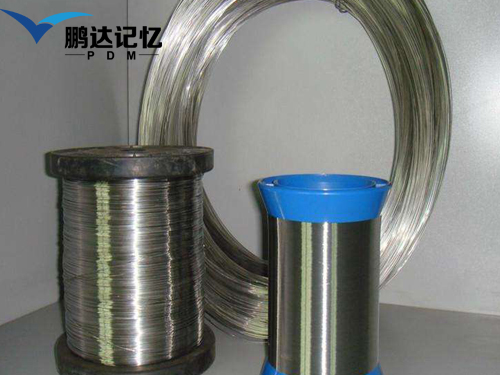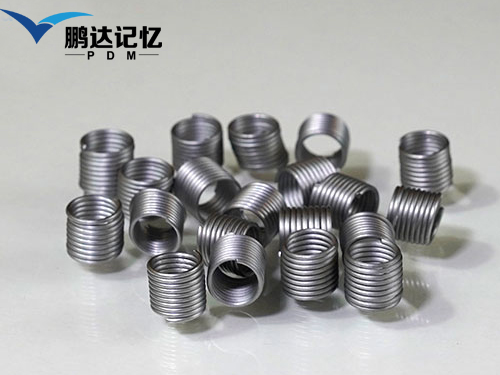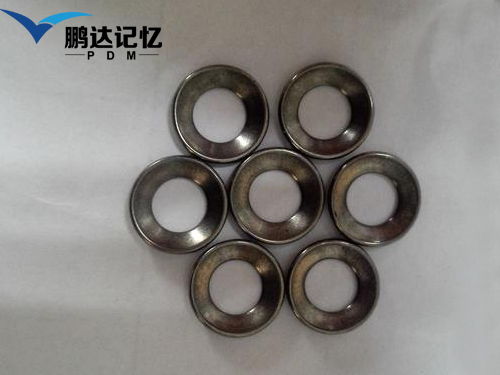The reason why shape memory alloy has the ability of deformation recovery is the thermoelastic martensite transformation in the process of deformation. There are two phases in shape memory alloy: high temperature austenite phase and low temperature martensite phase. According to different thermal loading conditions, shape memory alloy has two properties.
Shape memory effect
One way memory effect. Shape memory alloy deforms at low temperature, and the shape before deformation can be restored after heating. This kind of shape memory phenomenon only exists in the heating process is called one-way memory effect.
Two way memory effect. It is called two-way memory effect that some alloys recover the shape of high-temperature phase when heated and can recover the shape of low-temperature phase when cooled.
Whole process memory effect. When heated, the shape of the high temperature phase will be restored, and when cooled, the shape of the low temperature phase will be the same but the orientation is opposite, which is called the whole process memory effect.
The shape memory effect of SMA originates from the transformation of thermoelastic martensite. Once the martensite is formed, it will continue to grow with the decrease of temperature. If the temperature rises, it will decrease again and disappear in the opposite process. The difference between the two free energies is used as the driving force of phase transformation. The temperature t0 at which two free energies are equal is called the equilibrium temperature. Martensitic transformation occurs only when the temperature is lower than the equilibrium temperature T0, and vice versa.
In SMA, martensitic transformation is not only caused by temperature, but also by stress. The martensitic transformation caused by stress is called stress-induced martensitic transformation, and the transformation temperature has a linear relationship with stress.
The memory alloy systems discovered so far are: Au CD, Ag CD, Cu Zn, Cu Zn Al, Cu Zn Sn, Cu Zn Si, Cu Sn, Cu Zn GA, in Ti, Au Cu Zn, NiAl, Fe Pt, Ti Ni, Ti Ni PD, Ti Nb, u Nb and Fe Mn Si.
Pseudo elasticity
When the shape memory alloy is deformed under the external force in the austenite state of high temperature phase, the large deformation will be completely recovered after the external force is removed. However, in the process of deformation, the stress-strain curve is not linear, which will produce dissipation energy.

 current location:
current location:
